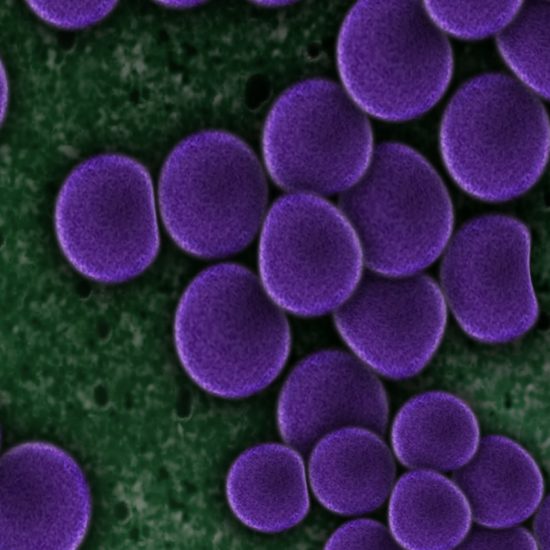Molecular mechanisms of re-emerging chloramphenicol susceptibility in extended-spectrum beta-lactamase-producing Enterobacterales
Antimicrobial resistance in Enterobacterales (E) infections is becoming more challenging to treat. In Malawi, ceftriaxone replaced chloramphenicol (CHL) in 2004, leading to the emergence of extended-spectrum beta-lactamase-E. However, many susceptible isolates still carry CHL acetyltransferase genes. A study found 31% of 840 E. coli and Klebsiella isolates have discordant CHL susceptibility, suggesting CHL could be reintroduced as a reserve agent.
AMR NEWS
Your Biweekly Source for Global AMR Insights!
Stay informed with the essential newsletter that brings together all the latest One Health news on antimicrobial resistance. Delivered straight to your inbox every two weeks, AMR NEWS provides a curated selection of international insights, key publications, and the latest updates in the fight against AMR.
Don’t miss out on staying ahead in the global AMR movement—subscribe now!







